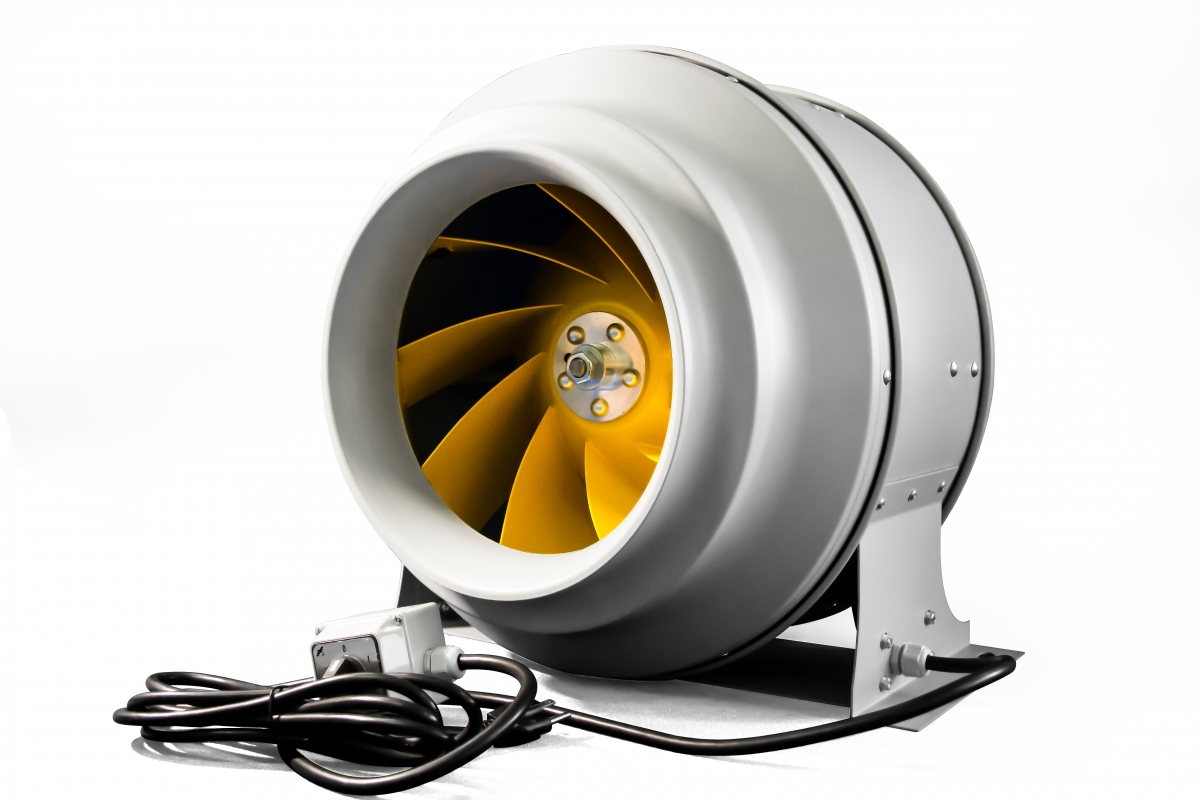- 14
- Apr
Rating
Rating
The ratings in the centrifugal fan performance table and curve are based on standard air scfm. The fan manufacturer defines standard air as clean, dry air with a density of 0.075 pounds per cubic foot (1.2 kilograms per cubic meter), a sea-level pressure of 29.92 inches of mercury (101.325 kPa) and a temperature of 70 degrees Fahrenheit (21 degrees Celsius). If the centrifugal fan is selected to operate under conditions other than standard air, the static pressure and power need to be adjusted.

The air density is lower than the standard density when it is higher than the standard altitude (sea level) and higher than the standard temperature. The air density correction must take into account the centrifugal fan specified to operate continuously at higher temperatures. Centrifugal fans displace a constant volume of air in a given system, independent of air density.
When centrifugal fans are specified for static pressure under given CFM and non-standard conditions, the air density correction factor must be applied to select the fan of appropriate size to meet the new conditions. Since 200 ° f (93 ° C) air weighs only 80% of 70 ° f (21 ° C) air, centrifugal fans produce less pressure and require less power. In order to obtain the actual pressure required at 200 ° f (93 ° C), the designer must multiply the pressure at standard conditions by the air density correction factor of 1.25 (i.e. 1.0 / 0.8) to make the system operate normally. To obtain the actual power at 200 ° f (93 ° C), the designer must divide the power at standard conditions by the air density correction factor.

